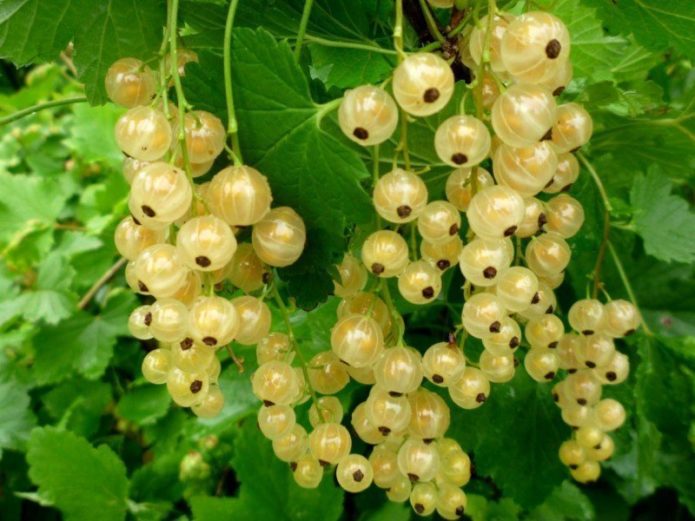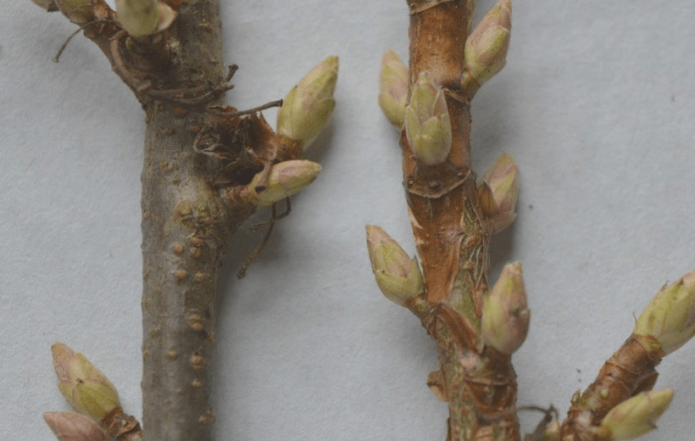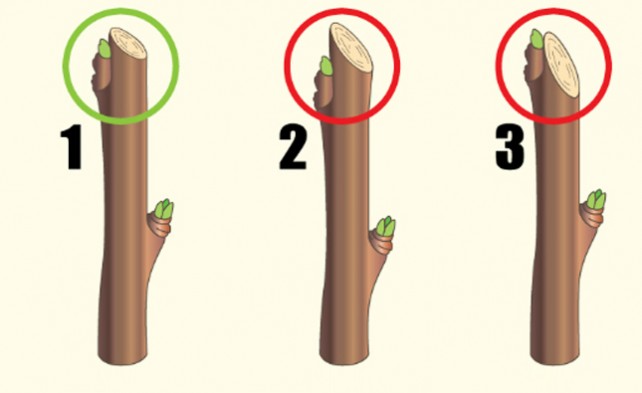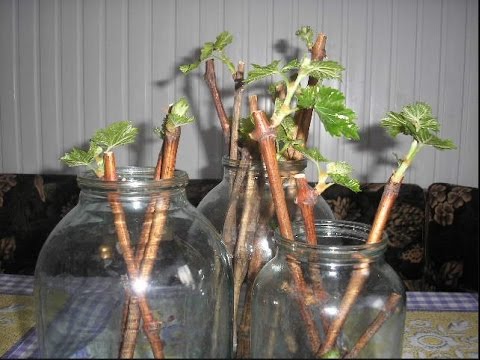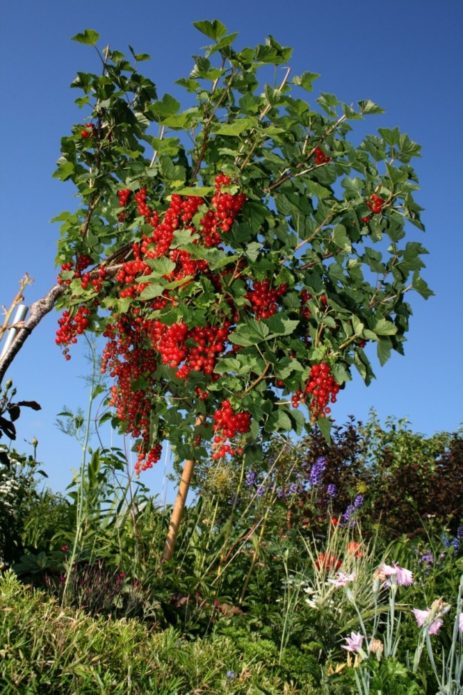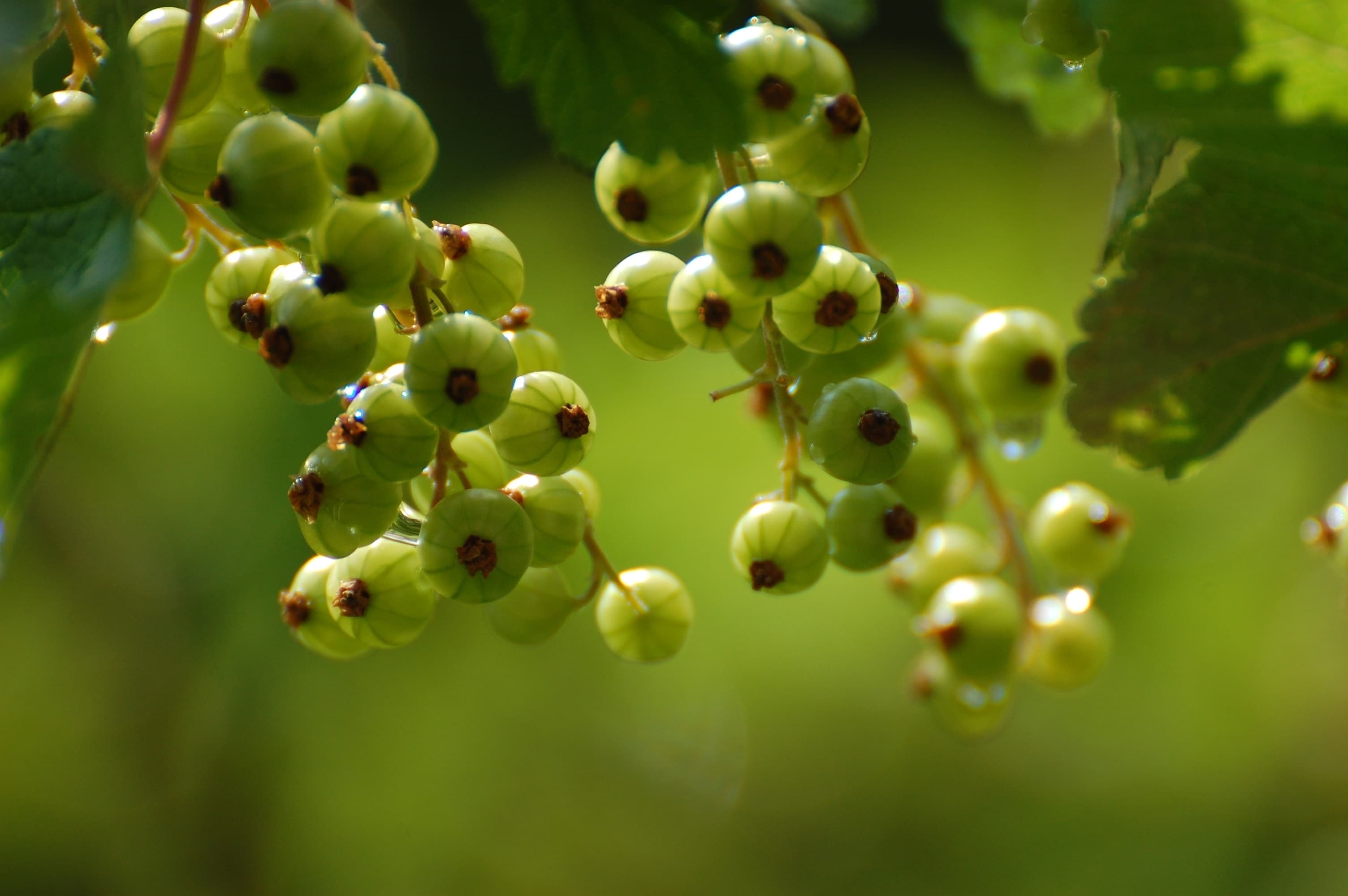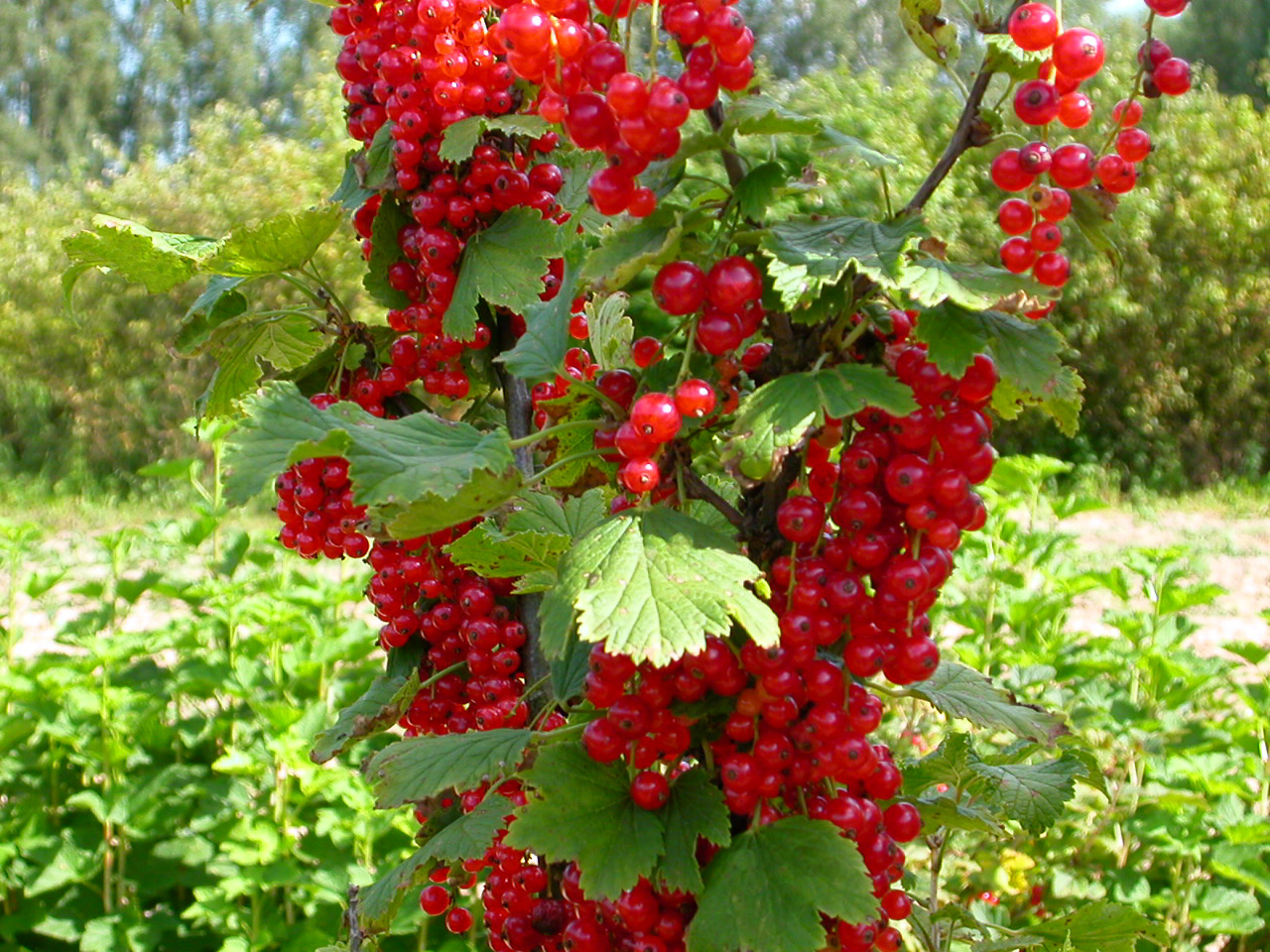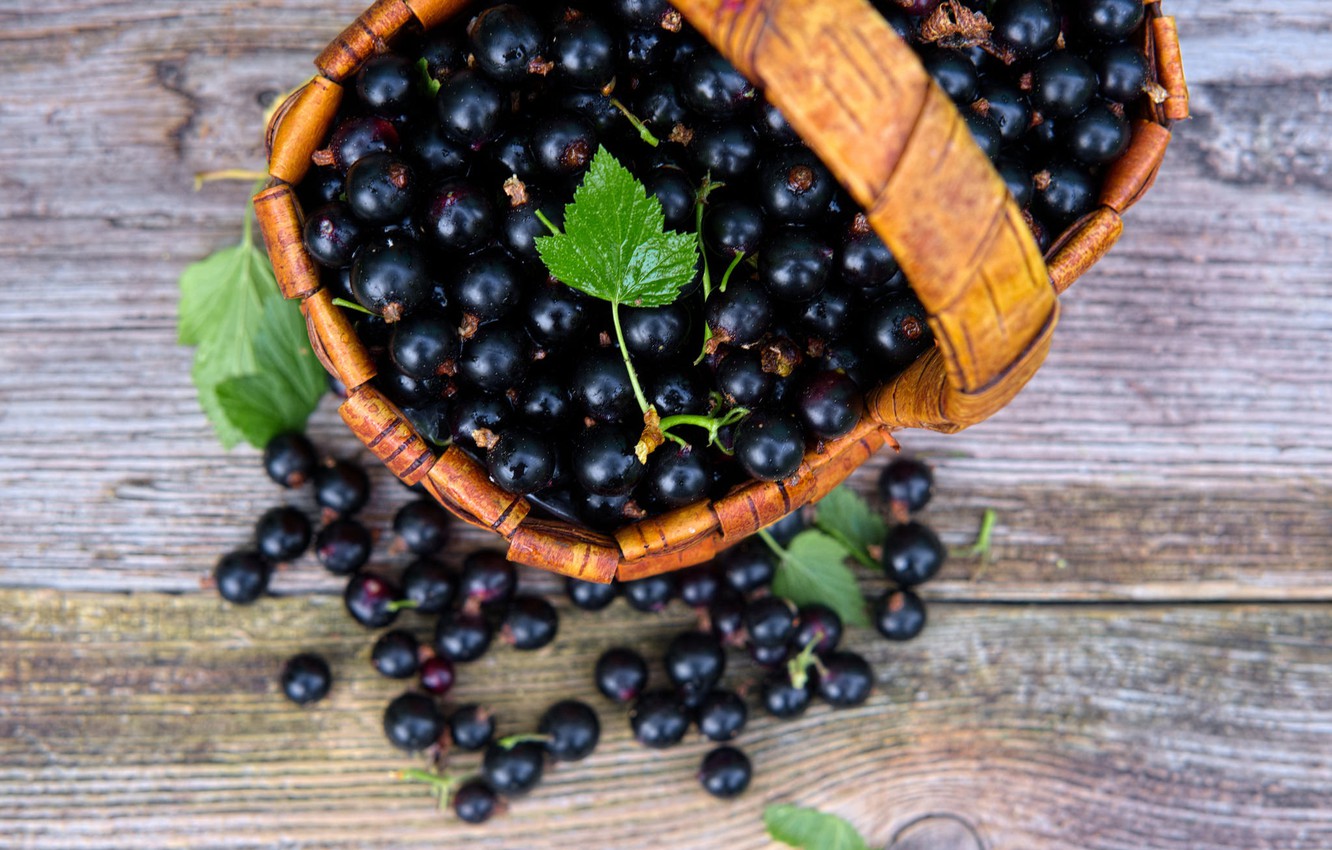Currants, like other berry bushes, need pruning. The novice gardener cuts all the plants according to the principle: the sick and the weak are down, and let the rest grow. But when the bush is more than three years old, healthy, strong branches have to be cut to avoid thickening.
Content
Why cut currants
The currant bush grows and bears fruit for 15–20 years. But the branches grow intensively for the first three years, then they delight with the harvest for another 2 years, and then they grow old. By removing old shoots, the gardener stimulates the emergence of new basal processes. And pruning the tips of the branches improves the growth of the side branches and thus increases the yield. After all, the bush lays flower buds on the growth of the current year.
In addition, diseased, dry, glass-damaged and broken branches must be removed. Pruning is also carried out when the bush thickens. Too many branches in a bush is bad. The leaves lack light, the berries are unsweetened in the shade.
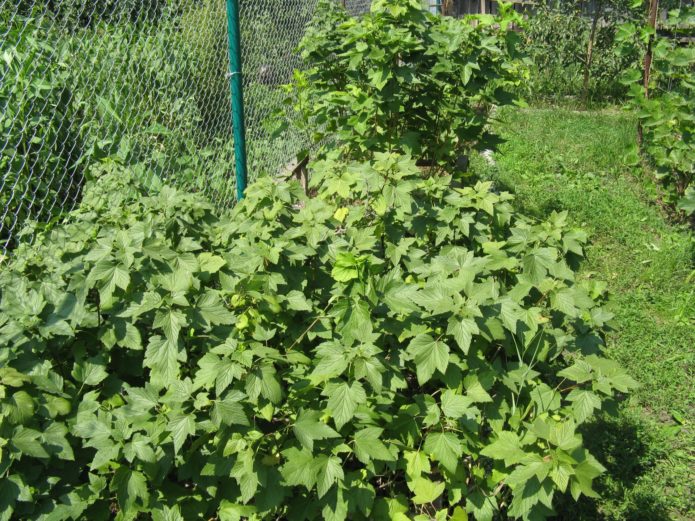
When the currant bush is thickened, the leaves do not have enough light, the berries in the shade are unsweetened
You can trim currants in fall and spring. At different times of the year, the goals of this event are different:
- autumn pruning provides a large number of young growth for the next year;
- spring pruning is needed in order to keep the bushes in a state of active fruiting.
Black currant is a widespread crop in our gardening. For lovers of this berry, the modern domestic market presents more than two hundred varieties. Today we will talk about currants of domestic selection with the exotic name Pygmy:https://flowers.bigbadmole.com/en/yagody/smorodina/smorodina-pigmey-opisanie-sorta.html
Autumn pruning
They start pruning immediately after the leaves on the currants begin to turn yellow. Bushes with still green leaves cannot be cut off - buds may bloom. It is also not worth putting off until the leaves fall, because along with the fallen leaves, pest eggs and fungal spores will remain under the bushes. The procedure for pruning in the fall is as follows:
- First, branches with black or cracked bark are cut out, drying out, curves.
- Then those with smaller buds than the rest of the branches of the same bush.
- The next step is to remove the branches, on the bark at the base of which there are gray-green growths of lichens.
- After that, the branches are checked for the presence of a kidney mite: it hides in kidneys that are round, like balls. Such buds can be pinched off if there are 1-3 of them on a branch. In case of severe infection, the branch is cut out at the soil surface.
- Then the tips of the branches damaged by powdery mildew or aphids are trimmed, crooked and thin, without capturing healthy wood.
- The cuttings are immediately put into a bucket without leaving them under the bushes.
All branches are cut without leaving stumps, the cuts are immediately sprinkled with powdered coal - in tablets or from a fire (one tablet is enough for 6-7 branches).
All healthy stems in the bush are left in the fall, leaving thinning in early spring.
Video: how to properly cut black currants
Spring pruning
Usually, spring pruning begins when the snow has melted, but the soil is still frozen. After budding, it is impossible to cut the bushes, the wounds heal longer and the plants are defenseless against diseases and pests.
The old and the sick were removed in the fall, in the spring the ends that have frozen over the winter are cut off and the excess is removed. The sequence of actions for spring pruning is as follows:
- The snow has not yet completely melted (but thawed patches have already formed around the bush), the bush is spilled with boiling water from pests and characteristic currant diseases.
- All fallen leaves are removed from the bush.
- The branches of the third year (with a lot of branching) are cut out, which will no longer bear fruit.
- 10-12 branches are left in the black currant bush, of which 5-6 — the first year (without branching) and 5-6 — last year's (with a small number of side and top branches).
Some gardeners leave 15 branches. The yield is slightly higher, but the size of the berries is reduced. If a compromise is possible for red and white currants, which are collected with brushes, then for black and golden currants, from which each berry is picked separately, thickening is only harmful. In addition, there are branches on two- and three-year-old branches, and the bush will suffer from a lack of light in the central part, and lay fruit buds only at the tops.
Video: how to trim currants in spring
Features of pruning white and red currants
The most productive branches of currants with light, transparent berries (red, white, pink) are five years old. Fruit buds are located in the central and upper parts of the shoot, but they grow in large groups at the ends.
Therefore, healthy, frost-free ends are not cut. But if necessary, side branches are cut out. The branches are set aside until the age of six.
Differences and features of planting black, red and golden currants:https://flowers.bigbadmole.com/en/yagody/smorodina/posadka-smorodinyi-vesnoy.html
Pruning seedlings when planting
Currant seedlings planted in autumn are pruned in spring. For spring planting, it is more convenient to do this immediately before the procedure. In this case, no more than five buds are left above the ground. However, if there are only 6 or 7 of them on the seedling, then the top is not cut off.

The first time the currants are cut in the spring: immediately before planting or before the bush wakes up, if it was planted in the fall
The frozen ends of the branches are removed with the capture of healthy wood by 1 cm.
Formation of young bushes
When forming young currant bushes, they pursue the following goals:
- cause the growth of young shoots;
- prevent saw cuts from becoming infected, drying out or damaged by pests;
- remove unnecessary branches: old or weak.
In the second year after planting, currant bushes grow very actively, young branches reach a height of 80 cm or more, depending on the variety. To provoke the growth of lateral shoots, one-year shoots from the root are cut by 1/3 of the height.
Branches from shoots that have grown on branches buried in the soil during planting are not shortened. It is easy to distinguish them: the gain on them is noticeably weaker.
It is important to prune the branch correctly. If a large stump is left over the bud, the cut will grow slowly and may rot. Cutting too close to the bud - it will suffer from a lack of moisture and nutrition, and pests will attack the shoot growing from it. The branch should be cut at an angle, 5 mm above the bud growth site.
Weak, broken branches are cut at soil level. And also growing close to the ground, if they are not planned to be used to obtain cuttings.
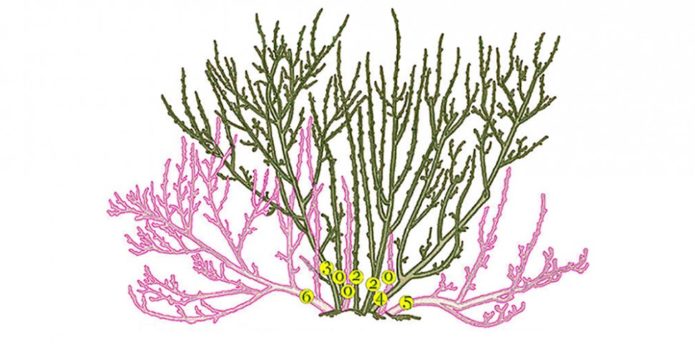
Branches growing low and close to the ground need to be removed, except for five-year-olds on red currants - after all, they are the most productive
In addition to pruning, plucking of excess shoots is carried out at the beginning of growth.
Features of transplanting currants to a new place in different seasons of the year:https://flowers.bigbadmole.com/en/yagody/smorodina/peresadka-smorodinyi-vesnoy-na-novoe-mesto.html
Fixing old and running hives
Currants rejuvenate in different ways. Here's one way:
- The bush is mentally divided in half and in one part all branches older than one year are cut out, leaving 3-4 of the strongest young shoots.
- On the other side of the bush, only the best of those that are 2-3 years old are left.
The age of the branches is determined by the color of the bark at the bottom of the stem - it is brown, not gray or black.
- The next year, if the bush is healthy and balanced, yields a harvest of large berries, only dried and diseased branches are cut from it.
It is not worth taking cuttings for rooting and even more so dividing the currants into parts and planting them. For another 4–5 years, this bush will delight with the harvest.
If you got bushes that have not been cut off for a long time, do this:
- In the first year in spring, all branches older than two years are cut out, as well as those that are strongly inclined to the ground.
- In May, the active growth of young branches from the soil will begin. When they grow 12-15 cm, they choose 3-4 strongest shoots.
- The rest of the growth is carefully broken out or cut out as low as possible.
- The next year, the three strongest three-year shoots are left on the bush, and the young ones - 4. The rest are cut out.
Video: rejuvenation of the currant bush
Waste is used
You need to cut cuttings for propagation from strong, productive bushes. The branch should be one year old, without branching. A one-year increment is taken from a two-year branch. Cuttings are not cut from three-year-old branches, even very strong ones.
Planting currants in autumn you need to immediately place the cuttings in the school, where they will grow next year. Cuttings obtained during spring pruning are rooted in a jar of water. After planting in the ground, they will require attention and timely watering, and sometimes shading.
Special case: currants on a trunk
Some tall varieties of currants, more often red, less often golden, are formed in the form of a tree. For this:
- In the spring, one highly developed young shoot is chosen in the bush, and the rest are cut out.
- In late June - early July, pinch the crown. The bush produces side branches, the ends of which are trimmed next spring.
- Thickening twigs damaged by pests are cut out, the shape of the crown is trimmed.
- All root shoots are removed regularly.
The currant on the trunk is very decorative. True, the yield is noticeably inferior to a bush of the same variety with conventional pruning. But there are more berries in the cluster, the clusters themselves are longer, and the berries are larger and sweeter.
The disadvantage of such beauty is fragility: 4-5 years and the branch is aging... You can cut the trunk, and the next year, start forming a tree from a young shoot again.
Pruning currants is troublesome, but necessary. Correctly formed bushes will serve as a decoration for the garden, will please with high yields, and will bear fruit longer than uncircumcised ones.

